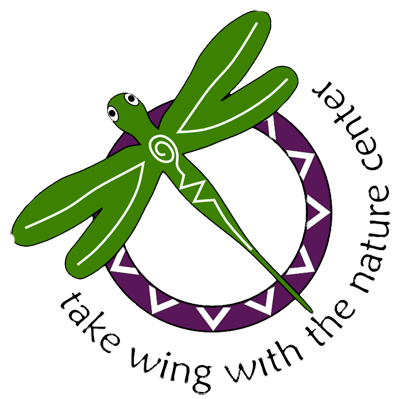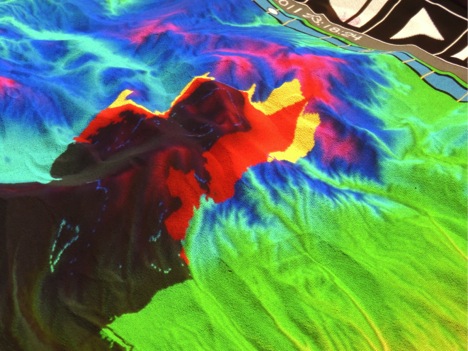Take Wing Event: Simtable Demo and Dinner
Admission
- Free
Location
Description
 Take wing with PEEC at one of our special Take Wing events. These special events are offered as thank you gifts for donations to PEEC's capital campaign of $150 or more per person registering. To register, make a donation either online or by check to PEEC's capital campaign. Once your donation is received, you will be emailed a link to the registration page for all the Take Wing events. The hardest part? Choosing just one event! Please call us at 662-0460 if you experience any trouble registering.
Take wing with PEEC at one of our special Take Wing events. These special events are offered as thank you gifts for donations to PEEC's capital campaign of $150 or more per person registering. To register, make a donation either online or by check to PEEC's capital campaign. Once your donation is received, you will be emailed a link to the registration page for all the Take Wing events. The hardest part? Choosing just one event! Please call us at 662-0460 if you experience any trouble registering.

Get up close to the technologically advanced equipment now available to emergency management professionals, including wildland firefighters. Dr. Biggs will bring an interactive SimTable, a projector and a 3-D printer, to bring wildfire, flooding, evacuation, storm and haz-mat scenarios to life in real-time. Simulations will include disasters and potential mitigation plans based on local terrain and other data.
A delicious (non-hazardous) dinner and drinks will be served.
Predicting wildfire behavior given under different environmental and forest conditions is key to not only critical for managing wildfires but also to recognizing those conditions that can be changed to help reduce the threat of catastrophic fires. There are numerous wildfire models available to predict behavior but the SimTable is the only 3-D tool of its kind. We will use the SimTable to demonstrate fire movement and spread across a 3-dimensional landscape while manipulating some of the environmental variables that drive fire behavior. We will also use the SimTable to show the movement and spread of the Las Conchas Fire of 2011. In addition, we will use 3-D prints of simulated forest stand structure of varying tree and cover levels to see how wildfire might spread through a landscape.
Dr. James Biggs received his BS and MS in Wildlife Science from New Mexico State University (NMSU) in 1986 and 1988 respectively and his PhD in Range Science from NMSU in 2007. His PhD research focused on patch use dynamics of elk following wildfire with an emphasis on plant-ungulate relationships. His professional interests center on forest restoration ecology, wildlife-habitat interactions, and ecosystem approaches to managing natural resources. Many of his personal interests are related in that he enjoys a variety of outdoor activities ranging from hiking and scuba diving to applying the principles of agricultural ecology to his own gardens. He believes that habitat conservation is directly linked to sustainable living through responsible development and “localization” vs. “globalization” of our food and natural resources production. As part of his faculty work, he continues to explore these relationships through partnering with other academic institutions, government agencies, and non-profit organizations.
